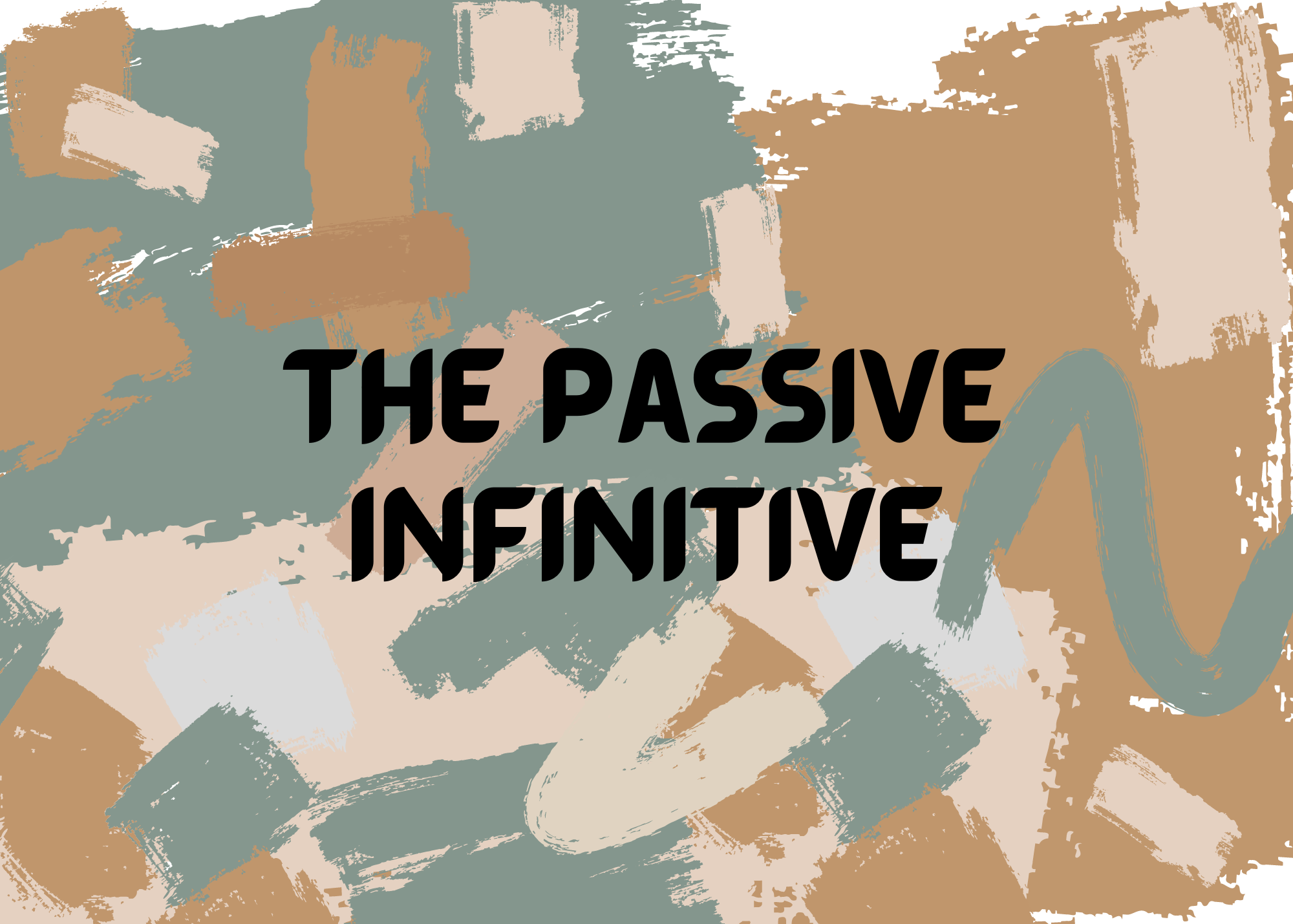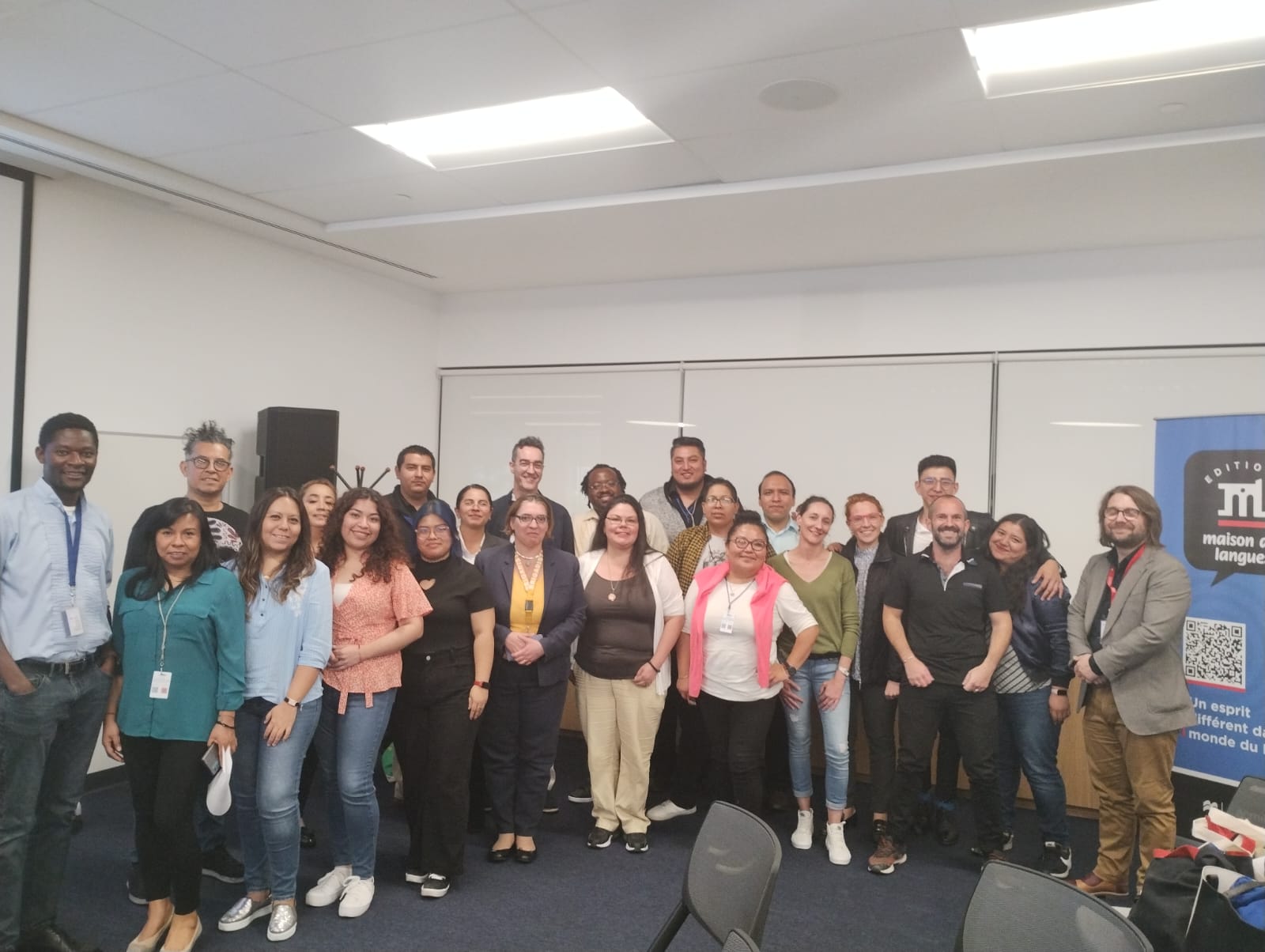How do languages handle non-binary people?
What are your pronouns? In English, the most common answers are “he” or “she”. But a growing number of people identify as neither male nor female, and ask to be referred to with novel pronouns. “They” is by far the most common of these. In English, the linguistic adjustments required to accommodate non-binary people are…








